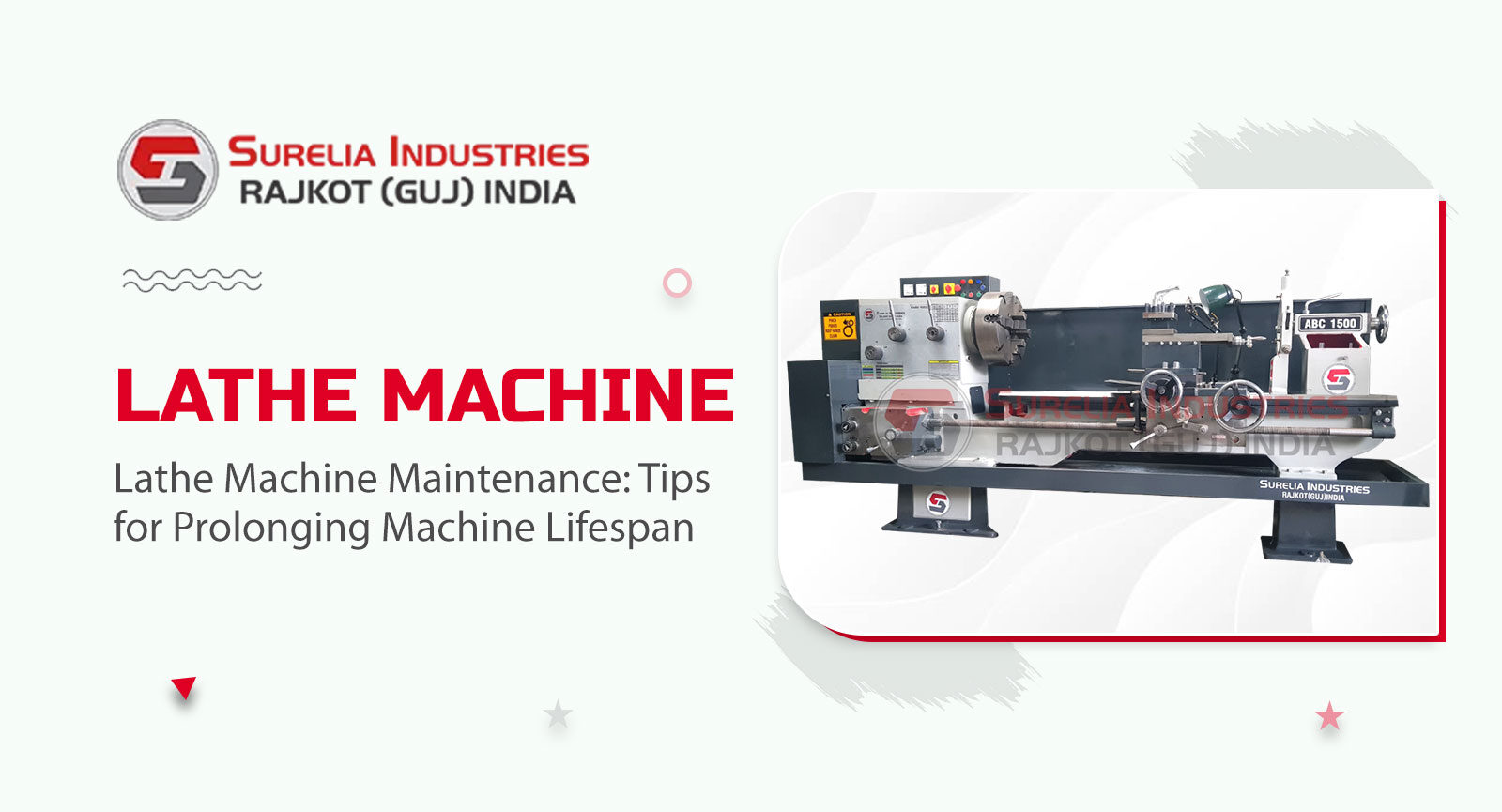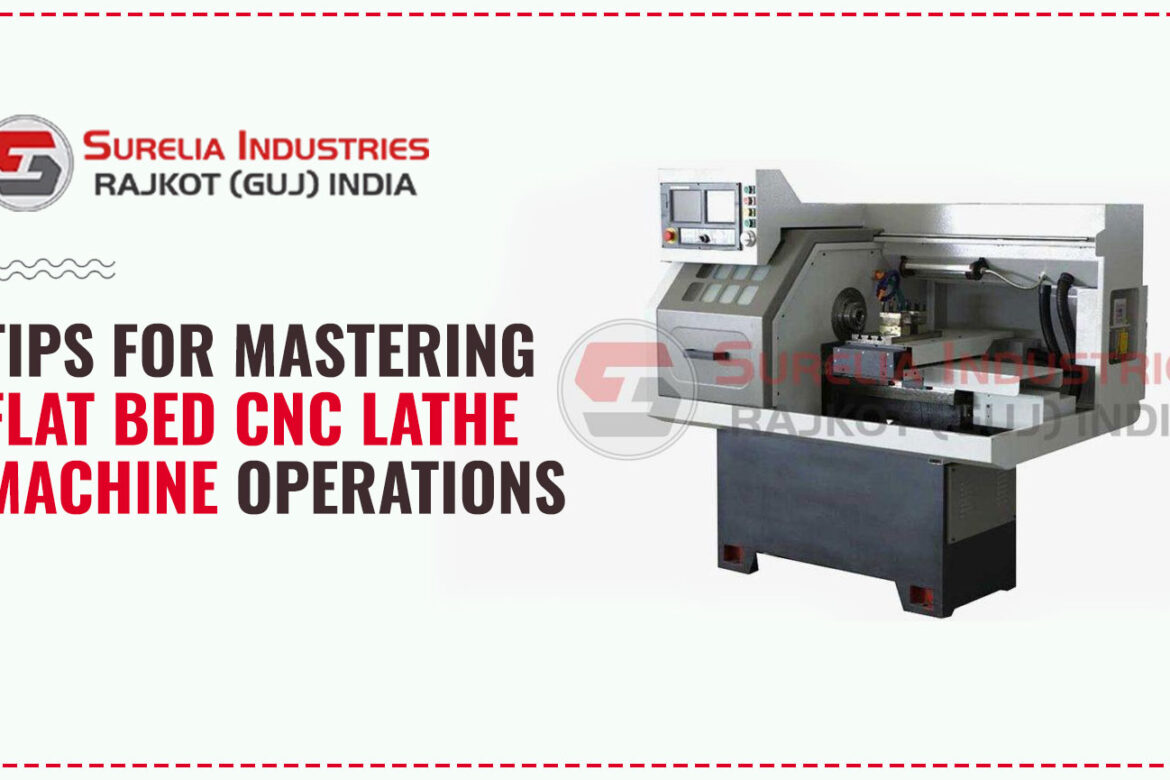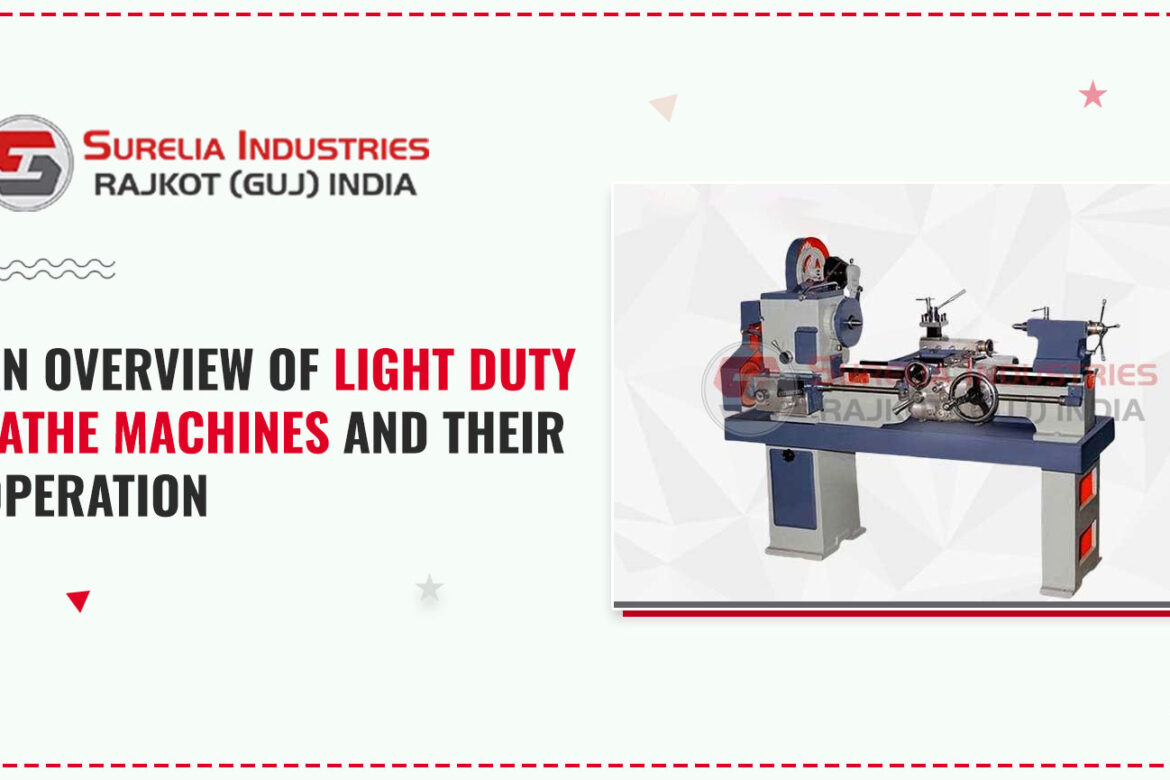Lathe machines have been the workhorses of precision engineering for centuries, shaping raw materials into finely crafted components. Whether in metalworking, woodworking, or ceramics, these versatile machines have left their mark on countless industries. Regular maintenance is essential to ensure the longevity and optimal performance of machines.
The Importance of Maintenance
Machines are precision instruments, and their upkeep is paramount to maintaining accuracy, productivity, and safety. Neglecting maintenance can lead to costly breakdowns, compromised quality, and even safety hazards. Here are some key reasons why machine maintenance is crucial:
1. Precision and Accuracy
Maintenance ensures that all Heavy Duty Lathe Machine components are in proper working condition. Precision is the hallmark of lathe machining, and any deviation from optimal conditions can result in inaccurate cuts and flawed workpieces.
2. Safety
Well-maintained machines are safer to operate. Neglected machines can pose risks to operators due to unexpected malfunctions or failures.
3. Lifespan Extension
Proper maintenance extends the lifespan of a machine, ensuring that it serves you well for many years if not decades.
Essential Machine Maintenance Tips
1. Lubrication
Lubrication is the lifeblood of a machine. Regularly inspect and lubricate all moving parts, including the headstock, tailstock, carriage, and cross slide. Use the recommended lubricants and follow the manufacturer’s guidelines for intervals.
2. Cleaning
Keep the machine clean and free from debris, chips, and coolant residue. Use brushes, air blowers, and cleaning solutions to remove dirt and swarf. A clean machine operates more efficiently and reduces wear.
3. Alignment
Check and adjust the alignment of the lathe’s components, such as the headstock, tailstock, and tool post. Misalignment can lead to poor-quality work and increased wear on components.
4. Belt Tension
Ensure that the drive belts are properly tensioned. Loose or over-tightened belts can result in slippage, affecting the spindle speed and cutting accuracy.
5. Tool Maintenance
Regularly inspect and maintain cutting tools. Sharpen or replace dull tools promptly to achieve clean and precise cuts. Proper tool maintenance also reduces stress on the lathe’s motor.
6. Electrical Components
Inspect electrical connections, switches, and wiring for signs of wear or damage. Loose connections or faulty electrical components can lead to operational issues or safety hazards.
7. Coolant System
If the machine offered by Lathe Machine manufacturers in India has a coolant system, regularly check and clean it. Coolant systems help dissipate heat and prevent overheating, which can cause damage to the machine’s components.
8. Tailstock and Cross Slide
Lubricate and check the tailstock and cross-slide regularly. These components are crucial in achieving accurate cuts and should be well-maintained.
9. Gib Adjustments
The carriage and cross slide gib strips need periodic adjustments to maintain fit and alignment. Follow the manufacturer’s recommendations for adjustment intervals.
10. Professional Inspection
Consider periodic professional inspections, especially for complex or CNC machines. Professional technicians can identify and address issues not apparent during routine maintenance.
Maintenance Schedule
Creating a maintenance schedule is a proactive approach to ensuring the longevity of machine. Here’s a sample maintenance schedule:
Daily: Clean the machine, check for loose fasteners, and inspect tooling.
Weekly: Lubricate moving parts, inspect belts, and verify electrical connections.
Monthly: Check and adjust alignment, inspect coolant system (if applicable), and sharpen or replace cutting tools.
Quarterly: Perform in-depth inspections, including gib adjustments and tailstock/cross slide maintenance.
Annually: Consider a professional inspection and alignment check for CNC or precision lathes.
Conclusion
Machines are remarkable tools that have shaped industries and craftsmanship for generations. Regular maintenance is imperative to ensure they continue to deliver precision and reliability. By following a proactive maintenance schedule and adhering to the manufacturer’s guidelines, you can extend the machine’s lifespan and create finely crafted components confidently. Of the different lathe machine suppliers in India, Surelia Industries Rajkot India ranks the highest in quality and pricing.
FAQs:
1. How often should machines be lubricated?
A: Lubrication frequency depends on machine usage. Typically, high-use machines should be lubricated daily, while moderate-use machines can be lubricated weekly.
2. Can any lubricant be used for machines, or is a specific type required?
A: It’s crucial to use the manufacturer-recommended lubricants. These specialized lubricants are designed to withstand the demands of machine operations and prevent premature wear.
3. How should the electrical components of machines be maintained?
A: Regularly inspect electrical connections for wear or loose connections. Maintain clean wiring and promptly replace damaged components to ensure safe and reliable operation.
4. Is professional maintenance necessary for all machines?
A: While operators can perform routine maintenance, scheduling professional inspections is advisable, especially for complex or CNC lathes.

Surelia Industries
Surelia Industries has immense expertise in the manufacturing of lathe machine. We have been providing top quality Lathe Machine to our clients since 1975.









